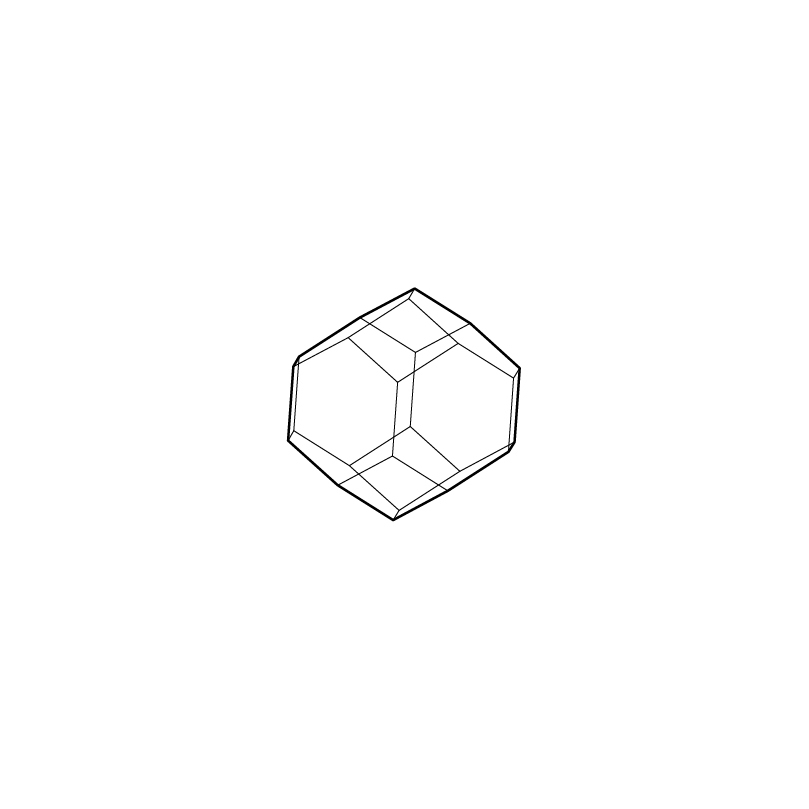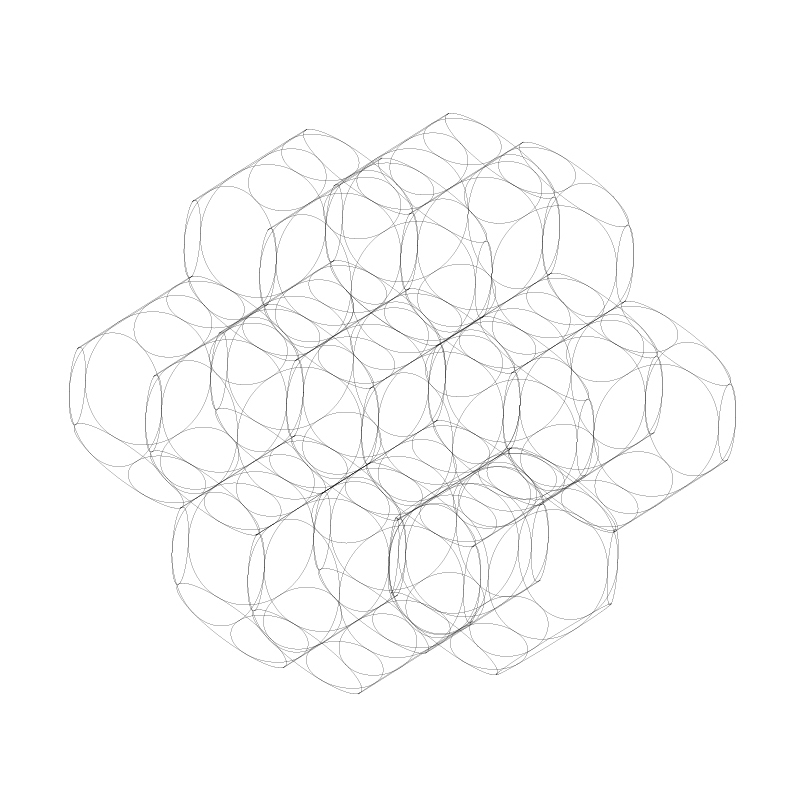This site uses cookies – More Information.
HOMING
Homing is a work about searching for home. Using the Depth First Search algorithm, a classic technique in maze solving, lines search through a spatial lattice for their origin. Linking with other lines along the way, the result is a three-dimensional network of searches, each trying to find their way back home.
Link to live view

“Homing” is the ability of an animal to return to its home or nesting site as observed in the behavior of pigeons, sea turtles, and certain insects. In this project, finding home is a search through a geometric structure, an atmosphere of arcs and circles that create an architecture. Visually representing this architecture of search is the motivation behind this project.
HOMING OUTPUTS
An ongoing fascination in the studio is the pursuit of orders that are rigorously modular but wild — almost out of order. Homing presents another opportunity to explore this frontier of order and disequilibrium. Here are a series of test outputs:










































The lattice, the loops, and the colors describe the basic elements of the Maze design:
COLOR
The Maze color palette comes from the Arizona sky where we live. Its awesome beauty, the way the desert plays with the light, and how the rain brings nourishment and shelter have all made the Sonoran Desert skies a consistent source of inspiration for us. The color palettes are determined through a process that mixes machine learning and intuitive hand picking. Each palette contains seven colors selected from a generated image of the Arizona sky. The image is produced by an ML algorithm trained on a database of photographs collected from local social media.

LATTICE
The lattice is created with space-filling truncated octahedrons. Circles are inscribed on each face, creating a continuous network at each intersection.

THREE DIMENSIONAL LOOPS
Cycles within the lattice are found with the depth first search algorithm, creating collections of loops made up from modulated arcs. With criteria for length, starting position, planarity, and speed different behaviors animate the drawing over time. Tightly controlled through geometric logics, its appearance as a drawing seems two dimensional, by rotating the Maze its three-dimensional form is revealed.









